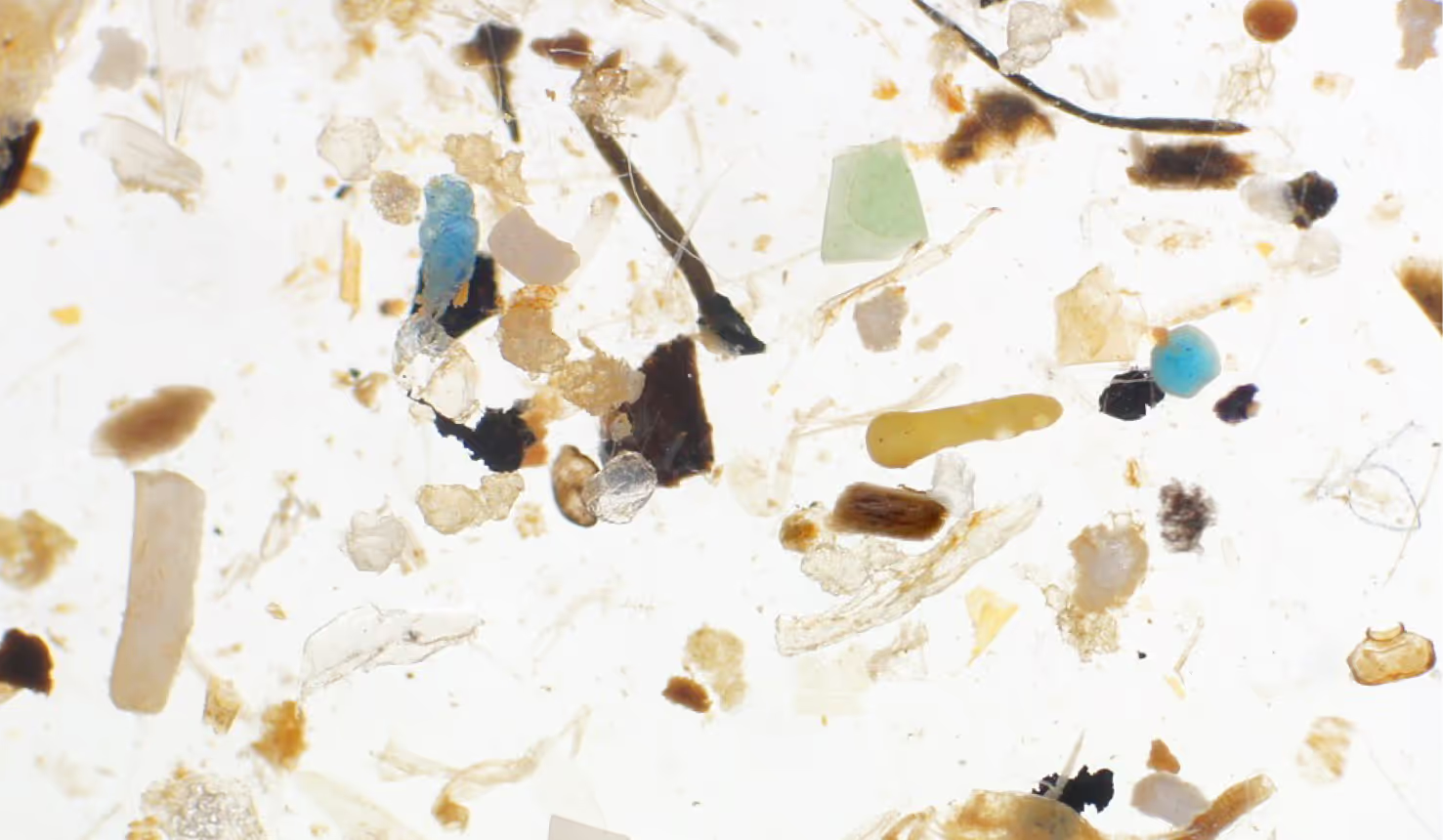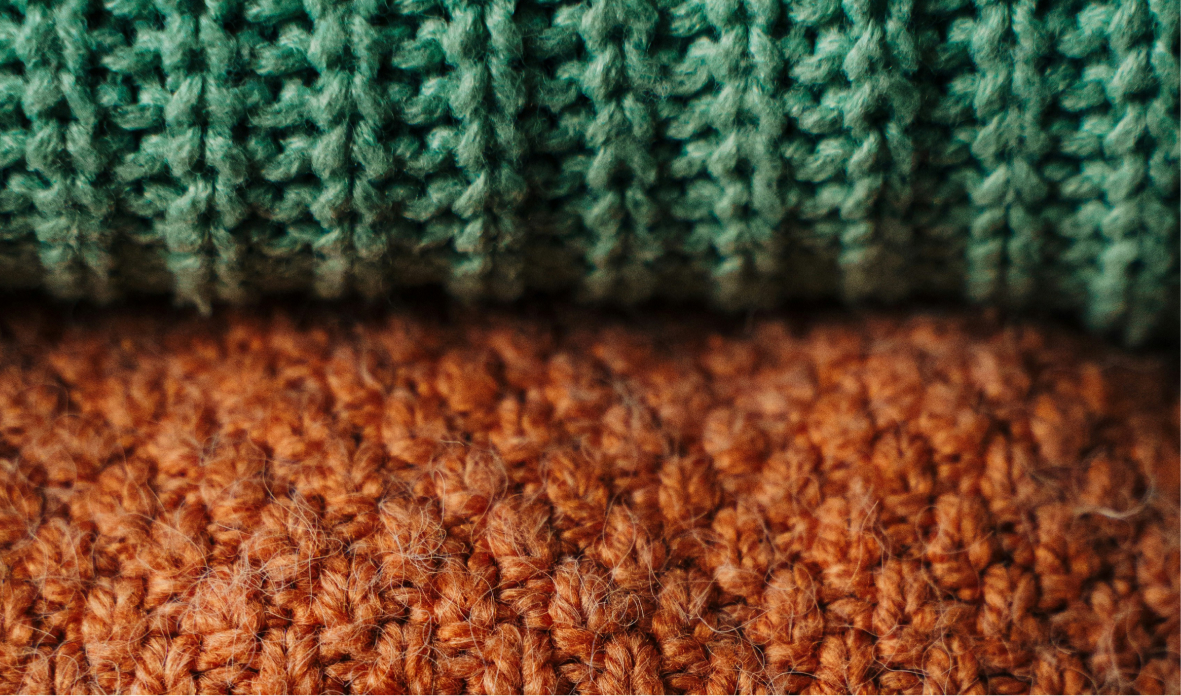9 Ways to Avoid Microplastics at Home

Join the community





Microplastics are tiny plastic particles that are smaller than 5 millimeters in size. They can originate from a variety of sources, including the breakdown of larger plastic items, microbeads in personal care products, and even fibers from synthetic clothing.
Microplastics have been found in various environmental samples, including water sources, soil, and even the air. They have also been detected in seafood and other animals, which can then enter the human food chain. Does that mean we’re ingesting them? Probably.
Researchers are still studying the potential health effects of ingesting microplastics, but it's a good idea to try and avoid microplastics whenever you can.
Malcolm Hudson said, “We’ve evolved to deal with inhalation and ingestion of impurities...” But in another few decades, “if the environment continues to get more contaminated, I think you have got potentially a harmful issue.”
Here are some solutions to microplastics at home.
Upstream: Prevent microplastics at the source
We have the power to stop microplastics before they start.
1. Reduce Single-Use Plastics
Cut down on the use of single-use plastics like plastic bags, straws, utensils, and water bottles. Use reusable alternatives such as cloth bags, stainless steel straws, and refillable water bottles.
2. Choose Natural Fibers
When purchasing clothing, opt for natural fibers like cotton, wool, and silk instead of synthetic materials. Synthetic fabrics like polyester and nylon shed microfibers during washing, which is the single biggest source of ocean microplastics. Fast fashion brands rely a lot on synthetic fabrics, so it's another great reason to skip these harmful brands.
{{cta-join2}}
3. Use a Microfiber Filter or Bag when doing laundry
Install a microfiber filter in your washing machine. These filters can capture some of the microfibers that are released when washing synthetic clothes. You can also try bag filters like the Guppy Friend.
4. Avoid Microbeads
Check the ingredient lists of personal care products like exfoliating scrubs, body washes, and toothpaste to ensure they do not contain microbeads. Look for products with natural exfoliants instead.
Downstream: Avoiding and reducing microplastics in your water and food
5. Educate and activate
Stay informed about plastic pollution and educate others about its impact. The more people are aware of the issue, the more pressure there will be for change. Support organizations and initiatives that focus on reducing plastic pollution and raising awareness about the issue.
6. Participate in Cleanup Efforts
Join local beach or river cleanup events to help remove plastic waste from the environment.
7. Support companies using ocean plastic
There are companies recycling ocean waste plastic into new products. Choose these over virgin plastic.
8. Eat Responsibly Sourced Seafood
Choose seafood that is sustainably sourced and has been tested for contaminants, including microplastics. Larger fish tend to accumulate more microplastics, so consider consuming smaller fish.
9. Filter Your Drinking Water
If possible, use a water filter that is designed to remove particles, including microplastics, from tap water.










.png)


